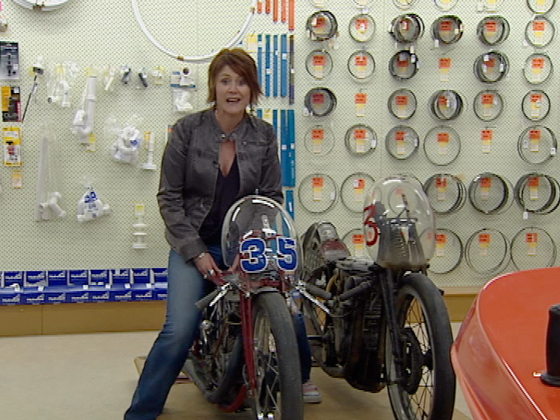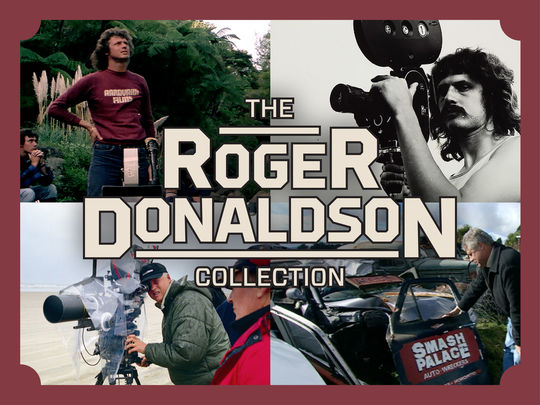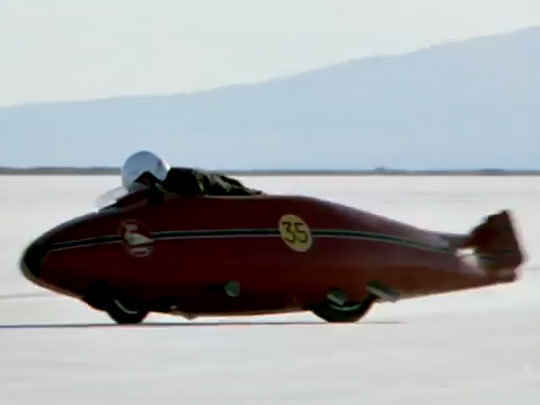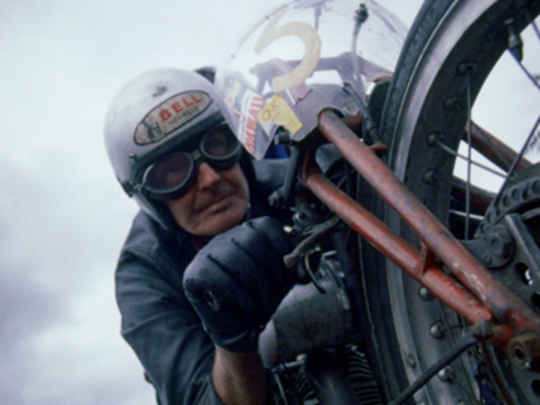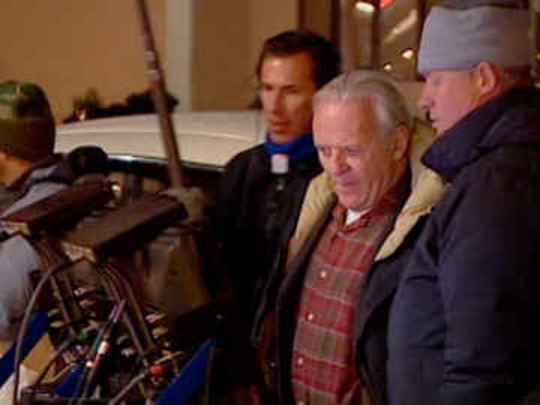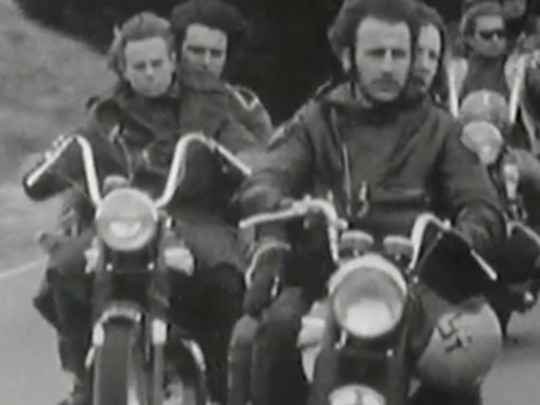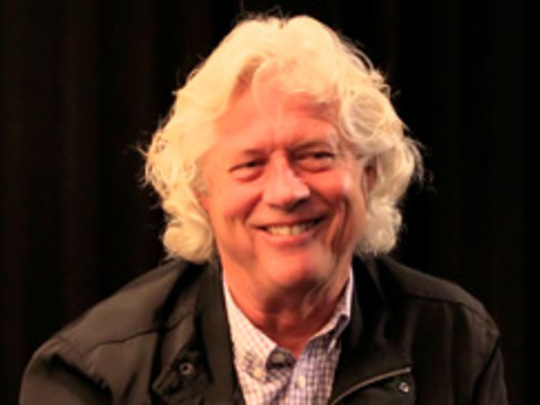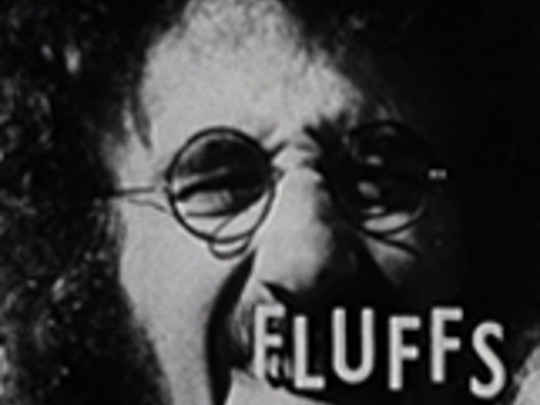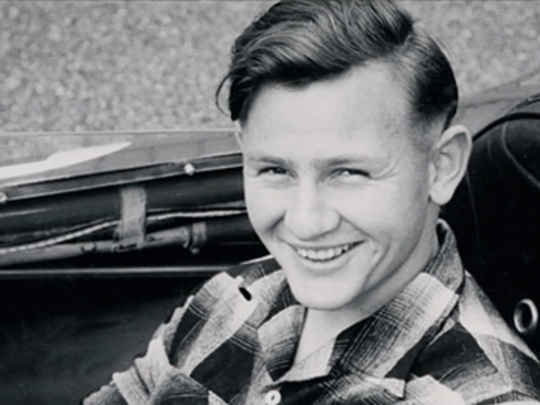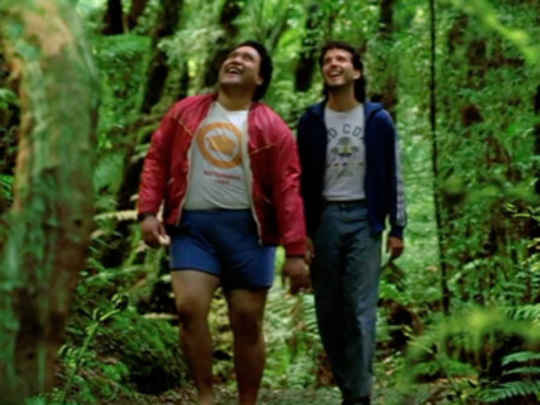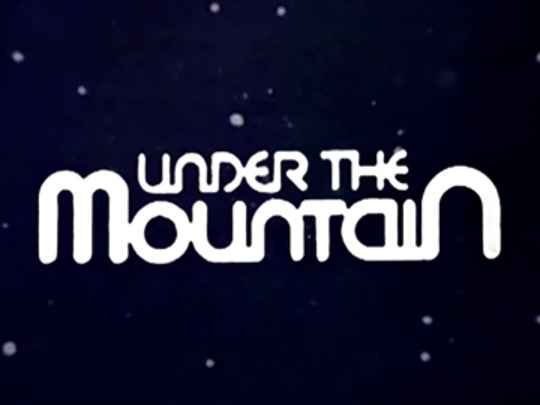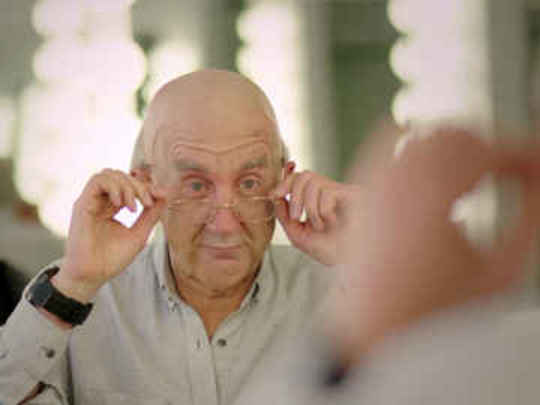Headliners - The World's Fastest Indian
Television (Excerpts) – 2004
And he went to America, where he was dismissed as a foolish old dreamer from nowhere, and he created a motorcycle that beat everybody. That was his whole life, and that's what the genius of the guy is — that he did this out of that shed.
– World's Fastest Indian line producer Murray Francis on the genius of Burt Munro
It's good being here because there are lots of people that remember clearly how it was, and I've got with them and we sit down, and I can sort of sketch up things that they can recollect. And then that triggers another recollection, and before you know it there's a wealth of detail.
– Art Director Rob Gillies on the benefit of making the film in Invercargill, where Burt Munro was based
Burt broke a world record on this bike, but it's this 1920 Indian Scout for which he's most famous. Now originally it was powered by a 600cc engine; Burt modified that to 1000cc, reaching speeds of 191 miles an hour. That's an astonishing 308 kilometres an hour.
– Reporter Mary Durham encounters Burt Munro's famous 1920 Indian Scout bike
The biggest two challenges for Munro to overcome while modifying his bike were his lack of money and the fact that he worked full-time as a motorcycle salesman. He would often work overnight on his bikes (he had a 1936 Velocette MSS as well), then he would go to work in the morning, having had no sleep the night before. Because Munro was a man of modest means, he would often make parts and tools himself instead of having them professionally built. For example, he would cast parts in old tins, make his own barrels, pistons, flywheels, etc. His micrometer was an old spoke.
– Excerpt from a profile of Burt Munro, Motorcycling New Zealand website
Munro travelled to Bonneville ten times, the first time for “sightseeing” purposes. In the nine times he raced at Bonneville, Munro set three world records: first in 1962, again in 1966, and once more in 1967. He also once qualified at over 200 mph (320 km/h), but that was an unofficial run and was not counted.
– The official stats on Burt Munro, Motorcycling New Zealand website
